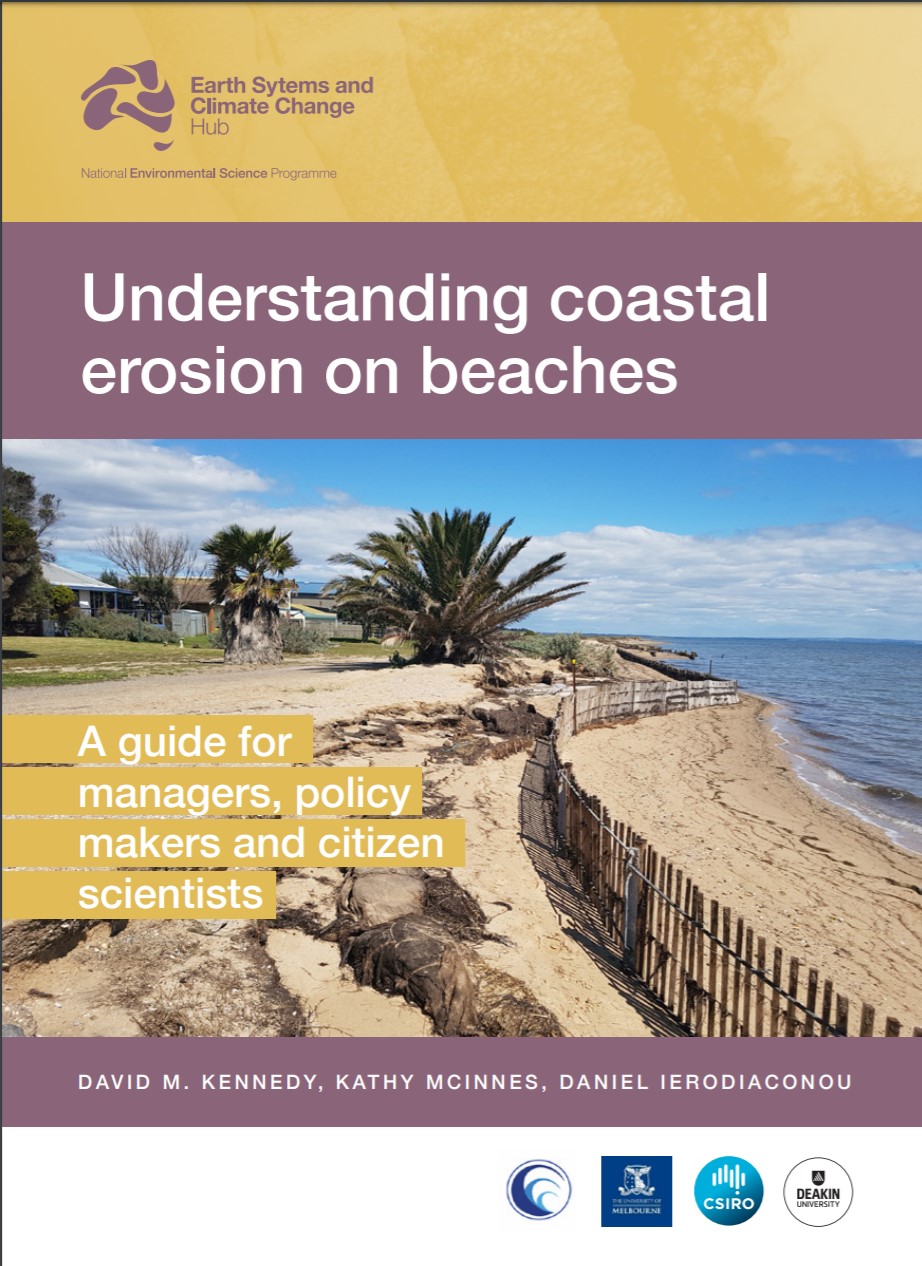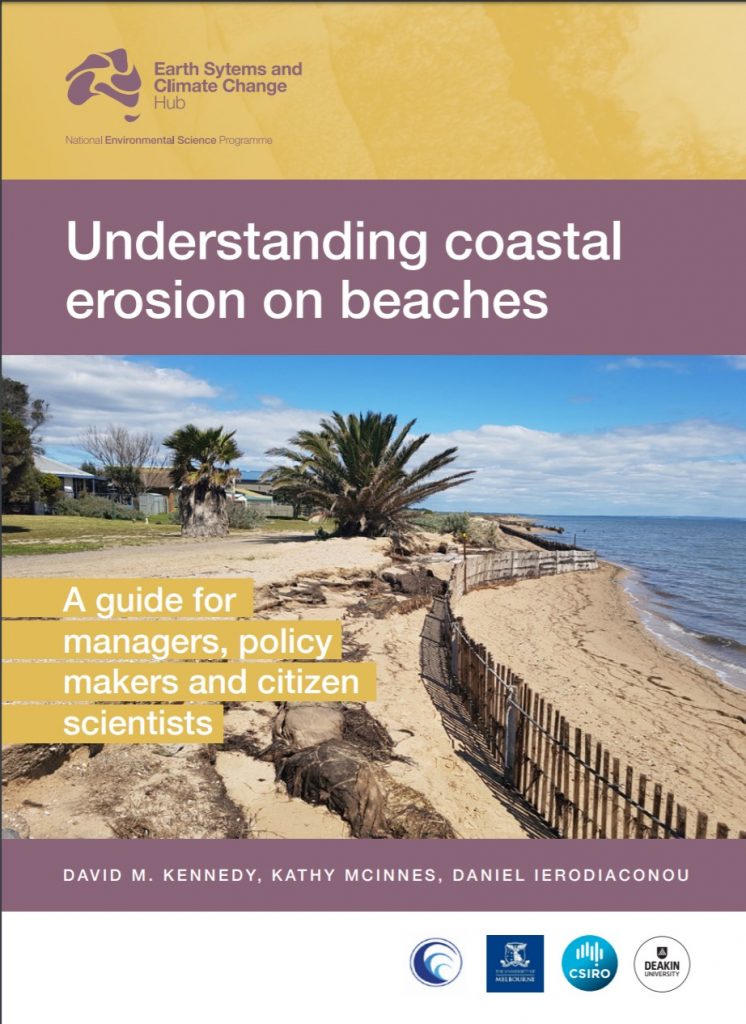Before taking any measures on management of wetlands, we need to understand the dynamic system, therefore in 2019, “Understanding coastal erosion on beaches: A guide for managers, policymakers, and citizens scientists” was published, which was written by David M. Kennedy from The University of Melbourne, Kathy Mcinnes from CSIRO, Daniel Ierodiaconou from Deakin University. The guide was produced with the funding support from the Earth System and Climate Change Hub of the Australian Government’s National Environmental Science Program (National Centre for Coasts & Climate) and the Department of Environment, Land, Water, and Planning (Victorian Coastal Monitoring Program).
Beaches are dynamic landform systems which are in a constant state of flux or flow as they interact with waves breaking on the shore. It is critical to understand the size and dynamics of the beach envelope to manage the coast in a sustainable environmental manner. Erosion starts becoming a problem when people occupy the active part of the beach. With increasing numbers of people at the coast, will lead to an increase in infrastructure into an existing coastal hazard zone, which already overlaps with many communities. Although the guide focuses on the situation in Australia, the theories could be applied to many other places.
The guide also considers the impact of climate change which may have an impact on beach erosion in a larger scope and potentially extend more. It concludes with the statement “Coasts are increasingly at risk due to continued human encroachment into the active hazard zone.” Managers have to strike a balance to prioritize the artificial and natural assets present on the coast.
You can download the publication here.






